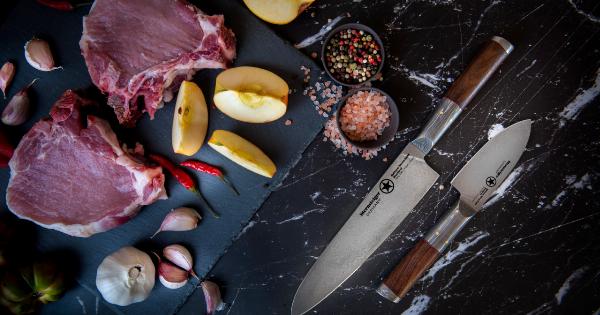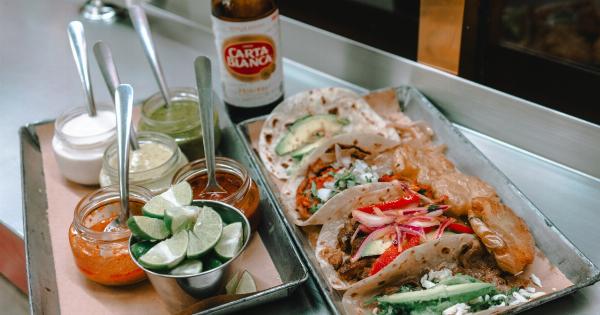Have you ever found yourself in a rush to make dinner, only to realize that the meat you planned on cooking is still frozen solid? It’s a frustrating situation that many of us have experienced at one time or another.
Luckily, there are several quick defrosting options available that can get your meat ready to cook in no time. Here, we’ll compare some of the most popular quick defrosting methods and give you some tips on how to use them effectively.
Defrosting in Cold Water
One of the most popular ways to quickly defrost meat is to submerge it in cold water. To do this, place your frozen meat in a leak-proof plastic bag and seal the bag tightly.
Then, fill a large bowl or sink with cold water and place the bag of meat in the water. Make sure the water completely covers the meat, and change the water every 30 minutes until the meat is completely defrosted.
This method can be very effective and defrost your meat in as little as 30 minutes, depending on the thickness of the meat and the temperature of the water.
However, it’s important to use cold water to avoid the risk of bacteria growth, and to change the water every 30 minutes to ensure that the meat stays at a safe temperature. Additionally, this method does require some advance planning, as you’ll need to allow enough time for the meat to defrost in the water.
Microwave Defrosting
Microwave defrosting is another popular option for quickly thawing meat. To defrost in the microwave, first remove any packaging from the meat and place it on a microwave-safe plate.
Then, set your microwave to the defrost setting and enter the weight of your meat. The microwave will then defrost the meat at a low power level, typically around 30-50% power. Make sure to check the meat every 5 minutes and rotate it as needed to ensure even defrosting.
This method can be very effective and defrost meat in as little as a few minutes, depending on the thickness of the meat and the power of your microwave.
However, it’s important to use the defrost setting rather than the high power setting, as high power can cook the edges of the meat. Additionally, this method can partially cook some parts of the meat, so make sure to cook the meat immediately after it’s defrosted in the microwave.
Defrosting in the Oven
If you’re planning on cooking your meat in the oven anyway, you can defrost it in the oven as well. To do this, preheat your oven to the lowest possible temperature, usually around 150-200 degrees Fahrenheit.
Then, place your frozen meat in a baking dish and put it in the oven. Make sure to monitor the meat every 10-15 minutes and turn it over as needed to ensure even defrosting.
This method can be very effective and defrost meat in as little as 15-20 minutes, depending on the thickness of the meat and the temperature of the oven. However, it’s important to use the lowest possible temperature to avoid cooking the meat.
Additionally, this method can partially cook some parts of the meat, so make sure to cook the meat immediately after it’s defrosted in the oven.
Cooking from Frozen
Finally, another option for getting your frozen meat ready to eat quickly is to cook it straight from frozen. This can work well for certain types of meat, such as burgers or thin cuts of meat, which can cook quickly even when frozen.
To cook from frozen, simply place your frozen meat in a pan or on a grill, and cook it for a few minutes longer than you would if it were thawed.
This method can be very effective for certain types of meat, but it’s important to note that it can lead to uneven cooking and can be risky for larger cuts of meat, which may not cook all the way through before the outside is overcooked.
Additionally, this method can result in tougher, drier meat, as the outside may be overcooked while the inside is still frozen.
Conclusion
There are several quick defrosting options available that can help you get dinner on the table in a hurry.
Whether you choose to defrost in cold water, in the microwave, in the oven, or by cooking straight from frozen, it’s important to use safe, effective methods that will ensure that your meat is fully thawed and safe to eat. By following these tips and using the right defrosting method for your specific situation, you’ll be able to get dinner on the table quickly and easily.































